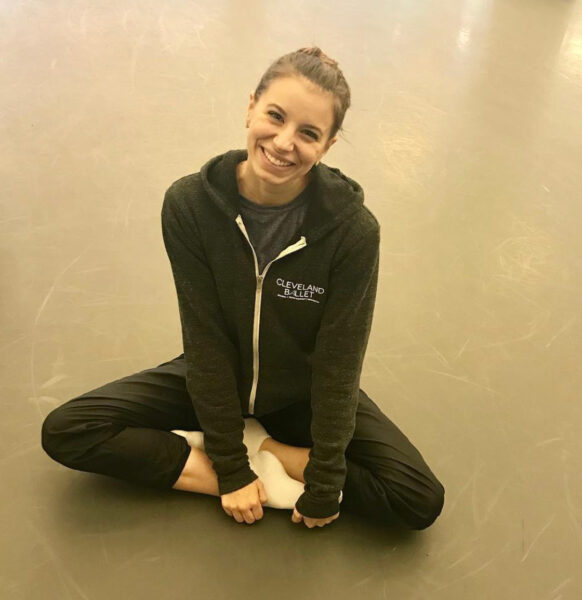
Lily is thankful to Akron Children’s and supportive instructors who have helped her overcome challenges to become an accomplished ballet dancer and instructor.
At age 2, Lily Sargent fell in love with ballet. She didn’t realize it at the time, but her art would become her therapy, her escape and the best way for her to express how she sees the world.
In kindergarten, Lily’s cognitive struggles began to surface. Testing revealed she had dysgraphia and visual processing disorder. A few years later, genetic testing provided a diagnosis, microdeletion on the 10th chromosome disorder. The compounding effects of the disorder would lead to life-long struggles with neurological processing, cognitive and social skills.
Dysgraphia affects a child’s ability to communicate clearly and accurately through writing and forming letters. In support, Lily began working with Akron Children’s occupational therapy team to help with fine motor skills, while ballet helped give her focus.
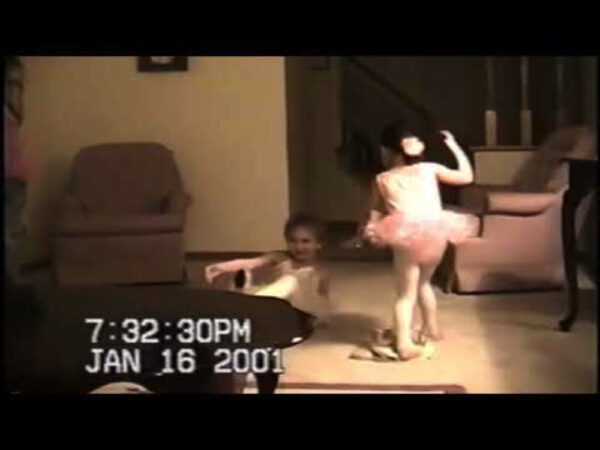
Lily (in pink tutu) at home working to learn balance and motor skills as a young ballerina at age 2.
“One of my teachers told me that ballet is nothing more than telling a story,” said Lily Sargent. “Growing up it was hard to express the things I was going through. How do you explain a different perspective, double vision, balance issues and communication issues? It was all very hard to express and for people to understand. Dance allowed me to use my movement to connect and tell that story.”
As she grew, Lily became a regular at Akron Children’s rehabilitative services center for therapies to help with balance, fine and large motor skills and sensory integration, but her struggles at school continued.
Lily was passing hearing tests, but she wasn’t always able to make connections in the classroom. More testing revealed she had central auditory processing disorder (CAPD), which interferes with the way the brain recognizes and interprets sounds, especially when there’s background noise like in a classroom or playground. She began using an amplifier set (the teacher wore a mic and Lily wore headphones) to help her process the information she was hearing.
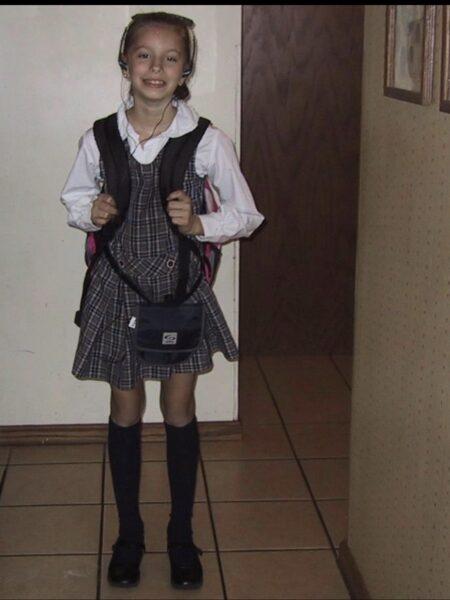
One of the ways Lily learned to manage her central auditory processing disorder (CAPD) was by wearing an amplifier to help her process information.
“There’s no known cure for CAPD, but different strategies and personal tricks have helped me get better at processing information quickly,” said Lily. “With learning disabilities and processing disorders, you never really heal. I will always have to work with it, but I think my dancing really helps me make connections and acts as a kind of therapy for me.”
Through hours and years of therapy and personal dedication, Lily is excelling in her studies and in ballet, but overcoming challenges is still part of her story.
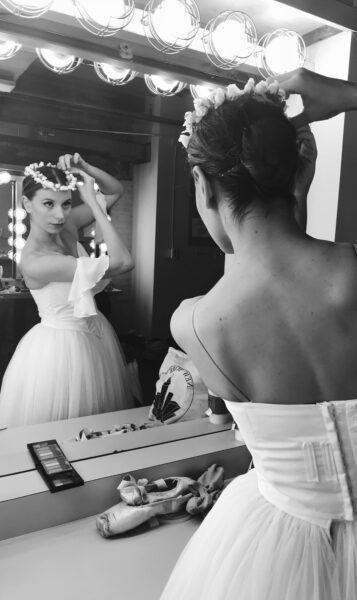
Today, Lily performs on stage as company artist for the Cleveland Ballet Company.
“When I was a young dancer, I struggled with balance and turning because it felt like I was falling. There is a reliance on eyes for both skills, but my eyes and body contradict themselves and still do,” said Lily. “My trainer at the time taught me to close my eyes to learn how to move in space by myself. To this day, I dance by puppeting, meaning I mentally find muscles in my body and focus on them and then connect the dots from my muscles to my brain.”
Lily, now 24, is a faculty member for the School of Cleveland Ballet and a member of the Cleveland Ballet Company. She is also working to earn her bachelor’s degree in American Sign Language interpretation that she hopes will help her create dance intervention and education programs for young dancers who are deaf or hard-of-hearing.
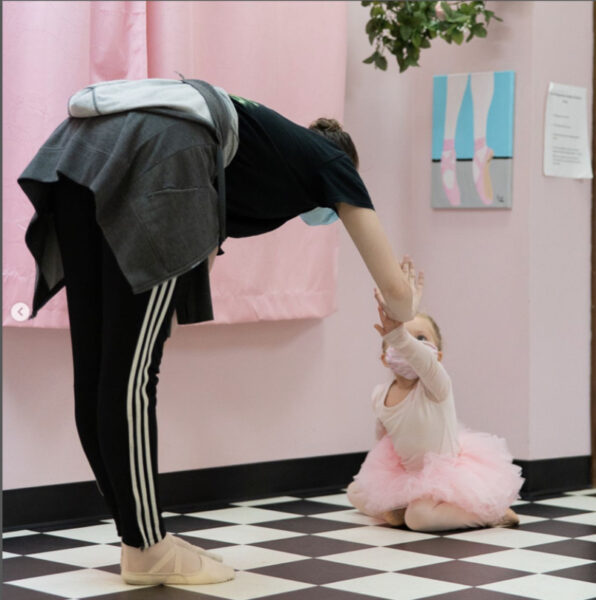
Lily knows everyone learns differently and at their own pace so she encourages young dancers to be their best by trying their best as an instructor at the School of Cleveland Ballet. Photo credit: Kaela Ku.
“I’m grateful for my parents, teachers, instructors, Akron Children’s and every health care worker who has helped me along the way. I hope they know how much their work impacts a life and helps a person on their own journey,” said Lily. “I hope I’m able to aid young dancers with different needs so they find the same success in their journeys. It is my love of dance and determination to succeed that continue to drive me forward and tell my story.”










